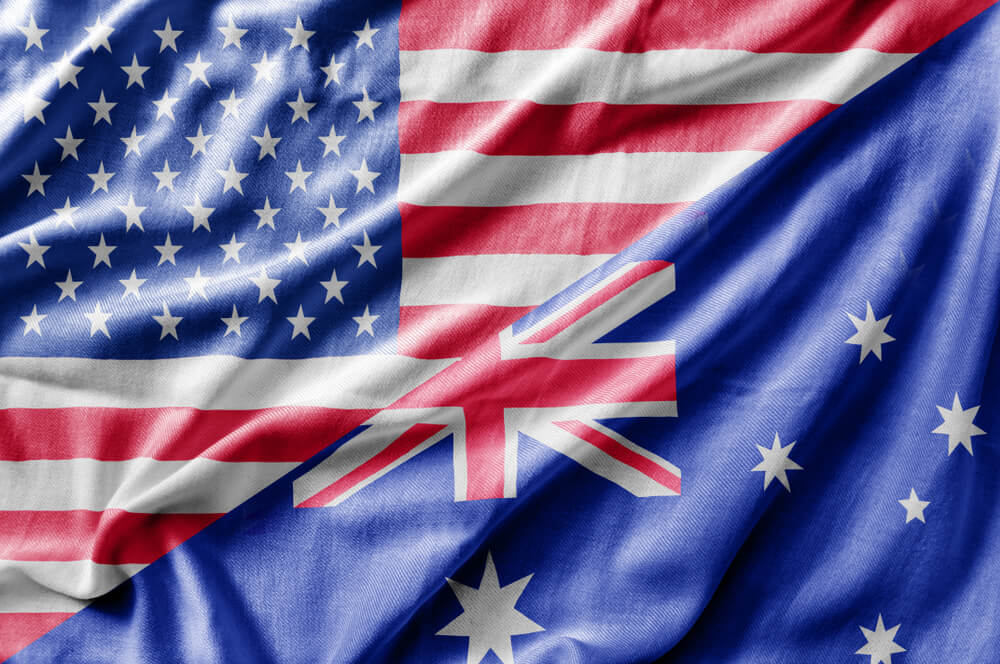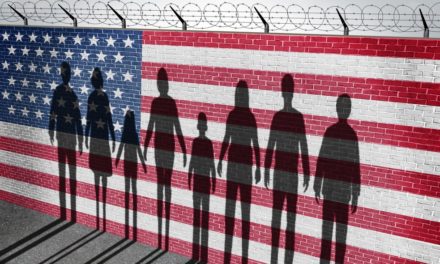The Trump administration considered targeting Australia for steel tariffs last week, but it backed off after a near mutiny from state officials, according to a recent report by the New York Times.
The plan, which was reportedly suggested by some of President Donald Trump’s top trade advisers as a response to an influx of Australian aluminum into the U.S. over the past year, was strongly opposed by military officials and the State Department, according to people familiar with the discussions.
Officials from the Defense and State Departments warned Trump that the move to implement tariffs could alienate a powerful ally and cost the U.S. a substantial amount, according to the Times.
When asked about the Times report on Sunday, Trump said the relationship between the U.S. and Australia was strong.
“The Australian situation is interesting. But the relationship is very strong. No, we’re doing a very, very special relationship with Australia,” he told reporters.
Trump hit many countries with 25% tariffs on imported steel and 10% tariffs on imported aluminum as a strategy to protect American production from lower-priced imports, but Australia was not subject to those penalties.
According to the Times report, U.S. trade representative Robert Lighthizer and Director of the White House Office of Trade and Manufacturing Policy Peter Navarro backed the idea of targeting Australia, but many others wanted to prioritize other aspects of the relationship.
Australia has become an important ally in the Asia-Pacific region as it helps Washington combat Chinese influence in that part of the world. Australia also has teamed up with the U.S. in banning Chinese telecom giant Huawei from the country’s networks.
But Trump has not shied away from hitting allies with tenuous trade policies as he announced Thursday a 5% tariff on Mexican imports starting on June 10, and increasing every month up to 25% by October. Trump is using the tariffs as an incentive for Mexico to reduce the number of illegal immigrants crossing the U.S. border.
The Trump administration also is in the middle of a heated trade war with China that many worry may not end any time soon. The markets for both countries have been rocked after tit-for-tat tariffs have been imposed as the two largest global economies search for a trade agreement.




